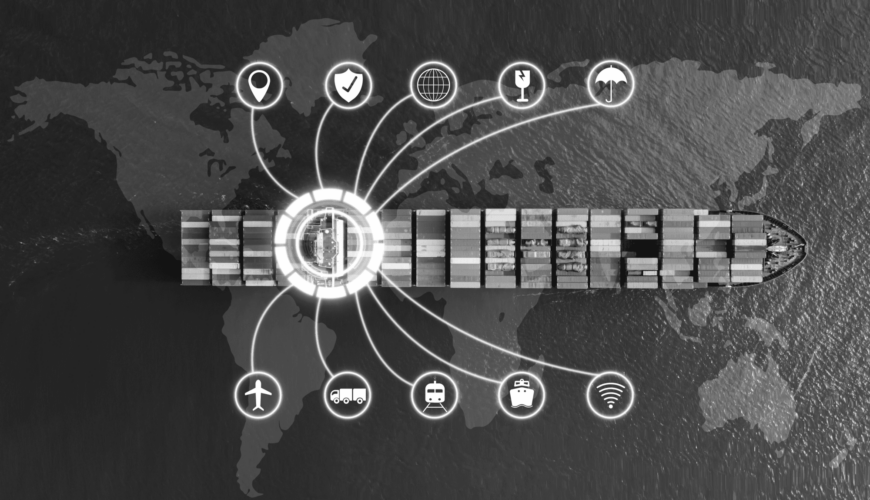Should your business utilize a centralized supply chain management department or a decentralized supply chain management department? It hasn’t been that long since supply chain management was an afterthought for many companies, but today, it stands interwoven into every corner of your operations. Involving planning, logistics, procurement, delivery and distribution, and even risk management, several departments in an organization have roles to play in the success of supply chain management. The question then becomes, should you centralize or decentralize your supply chain management functions? As is often the case, this is an individualized issue to tackle, one that will vary by a company’s focus, size, automation levels and more. There are pros and cons to each approach.
Centralized Supply Chain Management vs. Decentralized Supply Chain Management
A centralized supply chain management department is a good idea if you are a large company with a complex supply chain. It’s likely that you’d operate in a dynamic environment, too, making the need greater for a centralized department to manage all the tasks for efficient operations.
You’ll need executive-level management of the department, sophisticated IT tools and automation, and a well-honed strategy for supply chain management. Such a scenario likely comes after years of growth and attention to the detail of supply chain management, making the transition to a centralized department a natural step forward.
A decentralized supply chain management department is the more common strategy, and the more traditional. In this model, a variety of departments will be heavily involved in supply chain management and must collaborate daily to carry out tasks efficiently and effectively. Logistics, warehousing, procurement, and production will all have a hand in supply chain management, each playing its own role. This model may be best in those companies with relatively small, more simplistic supply chains. By keeping the supply chain management functions separate yet collaborative, smaller companies can save money.
If you’re going to keep your supply chain management department integrated with others, you should emphasize coordination and integration to prevent bottlenecks in the system. Regular meetings for planning and strategizing between all the varying departments is crucial, as is software to enable that integration.
For instance, the procurement department will need to communicate with the warehouse and logistics departments to inform them of incoming inventory. They, in turn, must ensure there is adequate space available, and that outbound shipping is prepared for the volume headed its way. The end goal is seamless flow from end-to-end, somewhat trickier when supply chain management is decentralized. Robust, transparent software will help ensure communications flow easily and automatically.
If you’re unsure where your company should be headed with a centralized supply chain management or decentralized supply chain management, OPSdesign can perform a detailed analysis. So contact us today! There’s a right or wrong answer for every company but arriving at that conclusion often requires an unbiased opinion. Your goal is to minimize costs and bolster efficiencies throughout your internal operations, ultimately improving customer service. You can meet all these goals with either centralized or decentralized supply chain management, but there’s no one-size-fits-all.


